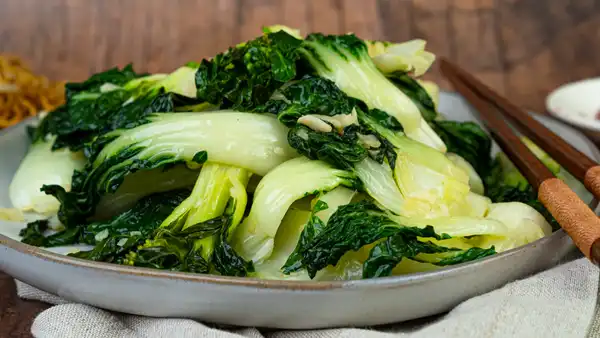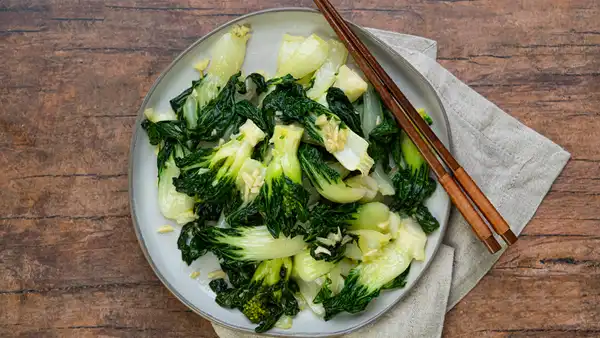This is a super simple recipe that my parents make multiple times a week.
I basically grew up on stir-fried bok choy, as well as bok choy soup, which we also have a recipe for!
These two recipes are perfect complements to each other, since the older, outer leaves are perfect for the soup and the tender, inner layers are more suited for the stir-fry.
"White Vegetable"
Just like the words “cafe” and “chocolate”, bok choy is a loan word from Cantonese “baahk choi”, which literally means “white vegetable.”
Bok choy is one of the many different types of Chinese cabbage, cultivated for over 2000 years for its resistance to cold weather.
Check out a quick story summary of our recipe!



